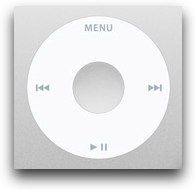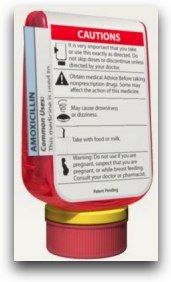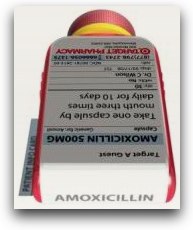Every presidential election cycle, people get interested in why ballots are the way they are, so every few years, I give a talk about that. I’ve updated my talk about ballot design for 2020.
The epic journey of American voters
Every 4 years, I get a lot of requests to talk about design in elections from the UX and civic tech communities. Watch the talk at Midwest UX in 2018.
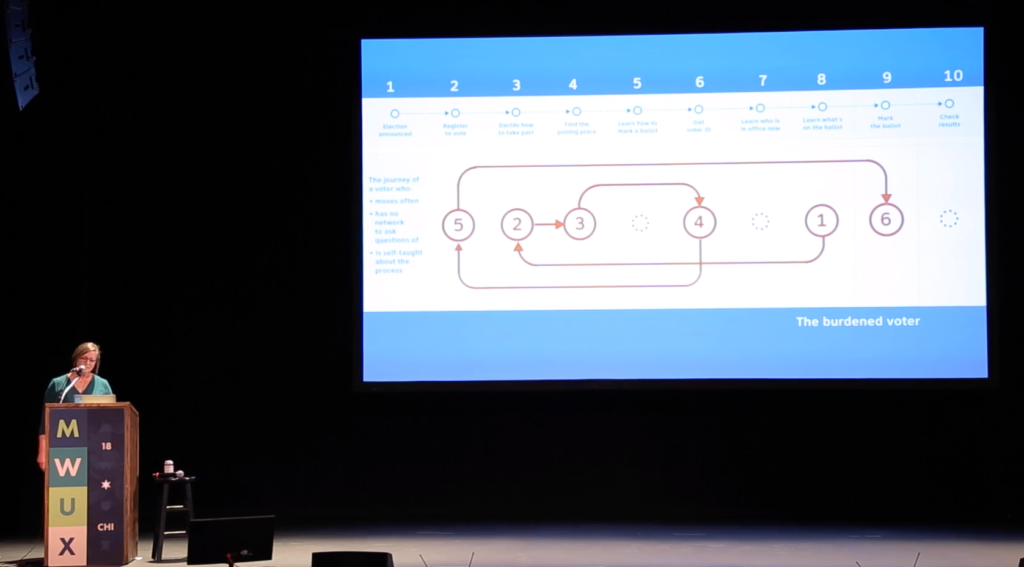
I’ve also written quite a bit about the hurdles that U.S. voters encounter, based on research I did before and while I was at the Center for Civic Design. There’s also a poster that you can download.
The form that changed *everything*
There’s a lot of crap going on in the world right now: terrorism, two major wars, and worldwide economic collapse. Let’s not forget the lack of movement on climate change and serious unrest in the Middle East and other places.
People trust governments less than ever — perhaps because of the transparency that ambient technology brings — leading to more regulation of privacy and security, but also to protests. Protests that started in Egypt have rippled around the world.
This wave started with a butterfly. Not the butterfly of chaos theory, but there is a metaphor here that should not be missed: when a butterfly flaps its wings in the Amazon rainforest, there are ripple effects that you might not realize. The butterfly I am talking about is the butterfly ballot used in Palm Beach County, Florida in the US 2000 presidential election.
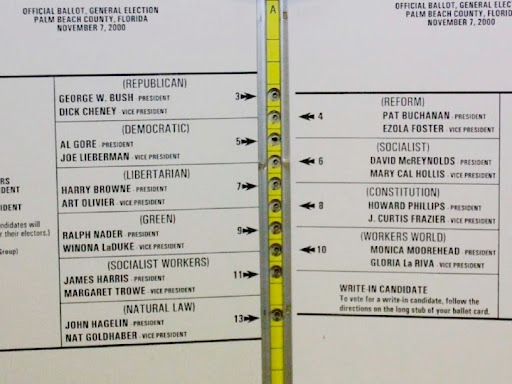 |
| Palm Beach County, Florida November 2000 ballot |
User interfaces make Fast Company’s biggest design moments of the last decade
Apple.com

Nintendo.com
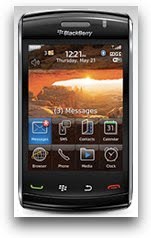 The above technologies all fit neatly into many lives these days and affect a much larger user experience. These elegant UIs are on things that most people would consider non-essential. Design made big inroads in healthcare, democracy, and sustainability, too. But there were two more important user interface design accomplishments featured by Fast Company that made huge differences in how many people take medicine and how many more will vote in elections in the future.
The above technologies all fit neatly into many lives these days and affect a much larger user experience. These elegant UIs are on things that most people would consider non-essential. Design made big inroads in healthcare, democracy, and sustainability, too. But there were two more important user interface design accomplishments featured by Fast Company that made huge differences in how many people take medicine and how many more will vote in elections in the future.
Clear Rx from Target
Deborah Adler created a beautifully designed package for Target’s Design For All campaign in 2005. But the package is just a vehicle for clearer, more readable labels with larger type that make taking medicine safer. In addition, Adler created other effective and beautiful, brilliant ways of identifying which drug is in the bottle and who should be taking it, with cleverly labeled the tops for quick recognition, and color coding by family member.
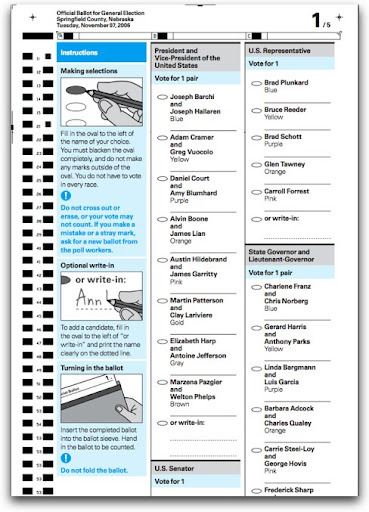 Call your county elections office and ask them to adopt the guidelines now. Offer to help them do it. Counties that have already adopted these best practice design guidelines for ballots have encountered happier, more confident voters, and lower costs for litigation and recounts – improving the experience of elections all the way around.
Call your county elections office and ask them to adopt the guidelines now. Offer to help them do it. Counties that have already adopted these best practice design guidelines for ballots have encountered happier, more confident voters, and lower costs for litigation and recounts – improving the experience of elections all the way around.
Scot Marvin wrote to tell me that his brilliant wife, Tara Starr, had cleverly doctored a pair of regular, knitted gloves to use with her iPhone, by sewing lovely flowers on the fingertips using conductive thread. The thread produces a working connection between the finger and the iPhone through the glove. Love it.
Usability testing and democracy: evaluating ballot designs makes the headlines
Today the Brennan Center for Justice at the law school at NYU released a major report about the impact of poor ballot designs and unclear instructions on voters and the importance of usability testing.
Among the highlights is an overview of the Usability Professionals’ Association (UPA) usability testing kit for local election officials (the LEO Usability Testing Kit). Members of the UPA Usability in Civic Life Project are working with Brennan Center to provide direct training for election officials.
The report is titled Better Ballots, and can be found on the Brennan Center site:
http://www.brennancenter.org/
http://www.brennancenter.org/content/resource/better_ballots/
The report released today, and 3 articles in USA Today and the New York Times highlight it.
Study: Poor ballot designs still affect U.S. elections
http://www.usatoday.com/news/politics/election2008/2008-07-20-ballots_N.htm
Ballot designs are ‘literacy test for voters’
http://www.usatoday.com/news/politics/election2008/2008-07-20-ballot-inside_N.htm
Influx of Voters Expected to Test New Technology
http://www.nytimes.com/2008/07/21/us/21voting.html


